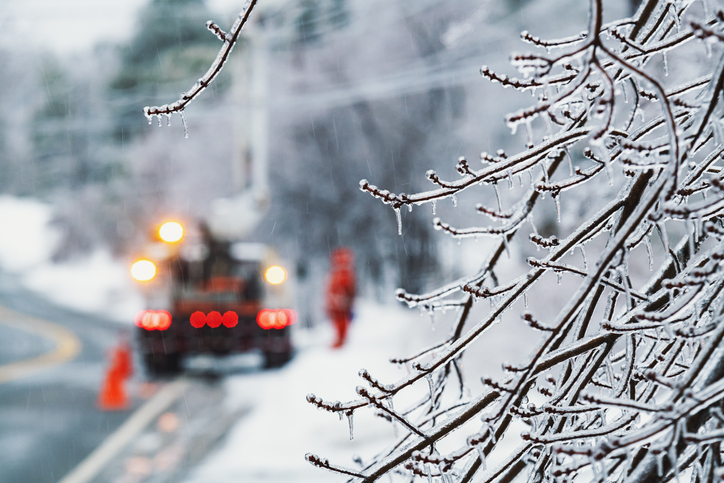Prep For Winter With These Easy Steps
April 26, 2023

The colder months are here! What are you expecting to come out of your heater vents when you turn your heater on this winter? The first time a homeowner turns their heater on in the winter, it can come with a number of question marks.
With your heating and air conditioning system in mind, it’s important to remember that your system needs attention before the temperatures really drop. Here are a few things you can do to make sure your system is ready for cold nights in Las Vegas:
- Check the filters. Be sure to clean your HVAC system’s filters on a monthly basis to help keep your air clean and your system running efficiently.
- Watch out for debris around your furnace. If it’s flammable, it should not be near your furnace. Avoid safety risks in your home by keeping your furnace’s surrounding areas clean.
- Get your system checked by a professional before major seasonal changes. Without regular cleaning and inspection, your heating and air conditioning system can wear down prematurely, and the last thing you want is for your system to break down when the temperature is dropping or warming up. Call a certified heating and air conditioning technician to make sure that everything is in order and that the heating system within your home will be able to handle the cold. Sign up for a maintenance plan so you know you’re giving your system regular, preventative care and yourself peace of mind that your system will work when you need it most.
If you have any questions about preparing your heating system for seasonal changes, or would like to schedule a check-up from a trusted professional, call Yes! Air Conditioning & Heating at 844-216-9300 to learn more or visit us online at https://www.theyesmancan.com/.
Last Updated: October 11, 2023
